On October 15 (August 24 of the lunar calendar), at the Le family's ancestral temple in Luat Chanh village (Tuy Phuoc Bac commune, Gia Lai ), the Le family and local authorities held a memorial service and offered incense to commemorate the 178th anniversary of the death of the famous Le Dai Cang (1847 - 2025). The ceremony expressed deep gratitude to the great mandarin who made many great contributions to the Nguyen Dynasty and the country.
At the death anniversary ceremony, Ms. Huynh Thi Thanh Nguyet, Party Secretary, Chairwoman of Tuy Phuoc Bac Commune People's Council, together with local leaders and descendants of the Le family, offered incense to commemorate the famous person Le Dai Cang.
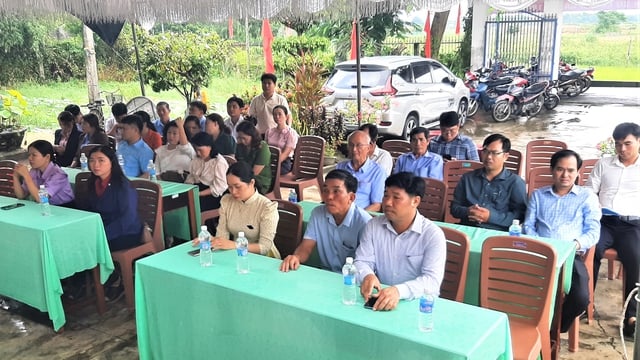
Leaders of Tuy Phuoc Bac commune, people and Le family attended the death anniversary of famous person Le Dai Cang.
PHOTO: MINH LE
A representative of the Le family emotionally shared: "We are proud that many of our ancestors were famous mandarins during the Tay Son and Nguyen dynasties. The state's honor and investment in renovating the tomb of Le Dai Cang is a great honor, showing gratitude to our ancestors, while helping future generations understand and preserve the historical values that their ancestors left behind."
The wise and loyal to the country
Le Dai Cang (1771 - 1847), whose given name was Thong Thien, his given name was Ky Phong, his nickname was Cu Chinh Thi, was born in Luat Chanh village. Orphaned at a young age, but with his extraordinary determination and will to study, he became one of the most prominent figures of the first half of the 19th century, serving under three kings: Gia Long, Minh Mang and Thieu Tri.
According to Dai Nam Thuc Luc of the National History Institute of the Nguyen Dynasty, Le Dai Cang held many important positions such as: Acting Governor of Bac Thanh, Minister of War and Right Censor of the Censorate, Governor of Son - Hung - Tuyen and Hanoi - Ninh Binh, Governor of the Inter-provincial Affairs, Governor of An Giang - Ha Tien and Protectorate of Cambodia... He retired and returned to his hometown at the age of 72, leaving a strong mark in many fields from politics , military, economy, education to diplomacy.
In every place he passed through, Le Dai Cang left behind works and traces of historical significance. He directed the dredging of Vinh Dien River (1824), built a dike system in the North Citadel (1828), opened a waterway connecting Tien Giang River with Hau Giang River (1833), contributing to economic development - trade and strengthening national defense.
As the Governor of the An Giang - Ha Tien inter-province, concurrently the Protectorate of Cambodia, Le Dai Cang had great contributions in maintaining security in the border area, building An Giang citadel, opening a strategic waterway from Tan Thanh to Chau Doc, and maintaining the sovereignty of the southwestern region of the Fatherland.
Not only was he a strategic general, he was also famous for his uprightness and integrity. During his tenure in the North, Le Dai Cang exonerated the people, severely dealt with corrupt officials, and created great trust among the people.
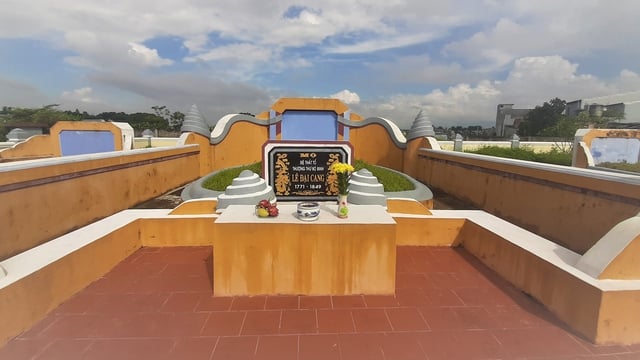
Tomb of famous person Le Dai Cang
PHOTO: MINH LE
According to historical records, in 1828, he was assigned by King Minh Mang to be in charge of dike work. After conducting a field survey, Le Dai Cang made a detailed report on 18 old dikes that needed to be repaired and 10 new dikes that needed to be built in the provinces of Son Tay, Nam Dinh, and Bac Ninh with a total length of more than 8,500 truong, and an estimated cost of about 175,500 quan of money. He not only directly commanded the construction but also compiled a statistical book on the entire system of public and private dikes from the provincial to communal levels.
Researchers, professors and historians today all highly appreciate the contributions of the famous Le Dai Cang in the construction, administrative management, diplomacy and national unity, especially in the early days of exploring the Southern region.
Paying tribute to ancestors, preserving the relics of famous person Le Dai Cang
In order to recognize the merits of the wise man, on September 27, 2013, the People's Committee of Binh Dinh province ranked Le Dai Cang's tomb as a provincial historical relic.
In early 2023, facing the deterioration of the cemetery, the Provincial People's Committee approved a project to restore, embellish and promote the value of the relic, with a total investment of more than 4.5 billion VND. The project includes the following items: restoring the tomb of Le Dai Cang, reburying the tomb of the first lady Pham Thi Doan, renovating the tomb of the second lady of Princess Ngoc Phien, along with the altar, shrine, fence, gate and auxiliary works.
By 2024, the project will be completed and become an important cultural and historical destination, where people and tourists can commemorate the merits of the famous Le Dai Cang.
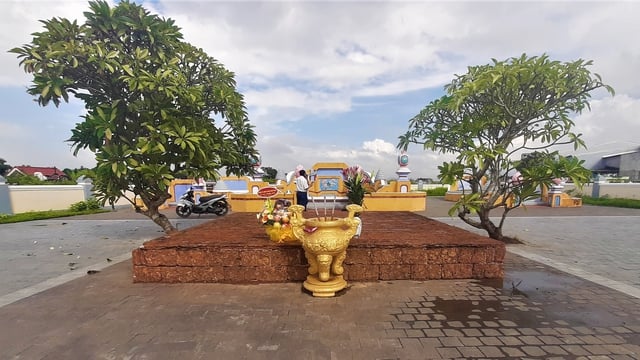
The tomb complex of Le Dai Cang after restoration
PHOTO: MINH LE
According to the Le family genealogy (original in Chinese characters), the ancestor of the Le family in Luat Chanh village was Mr. Le Cong Trieu, originally from Nghe An, who was a high-ranking official of the Le dynasty, and later followed Lord Tien Nguyen Hoang to the South to settle in Binh Dinh.
The 6th generation of the family was Le Cong Mien (1739 - 1800), who worked as a Royal Academy Inspector during the Tay Son period, and was then appointed by King Canh Thinh as the Imperial Censor and Minister of Justice. He drafted the Penal Code based on the Qing Dynasty law and the Hong Duc Code to complete the Tay Son legal system, but this code was lost after his death.
From the tradition of studiousness and religious practice of his predecessors, Le Dai Cang (7th generation, calling Le Cong Mien uncle) inherited and developed, becoming a great mandarin who was both literary and martial, loyal to the king, and devoted to the people.
Source: https://thanhnien.vn/vi-sao-le-dai-cang-duoc-xem-la-bac-hien-tai-toan-nang-cua-trieu-nguyen-185251015143809485.htm





![[Photo] Dan Mountain Ginseng, a precious gift from nature to Kinh Bac land](/_next/image?url=https%3A%2F%2Fvphoto.vietnam.vn%2Fthumb%2F1200x675%2Fvietnam%2Fresource%2FIMAGE%2F2025%2F11%2F30%2F1764493588163_ndo_br_anh-longform-jpg.webp&w=3840&q=75)


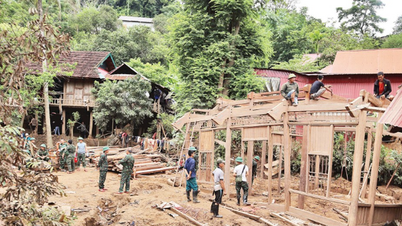











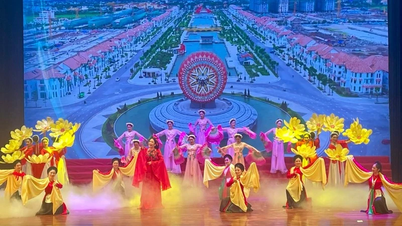



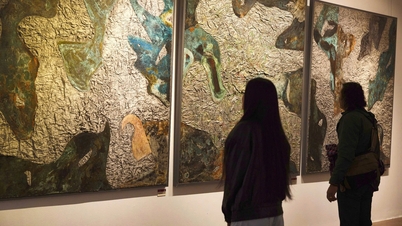

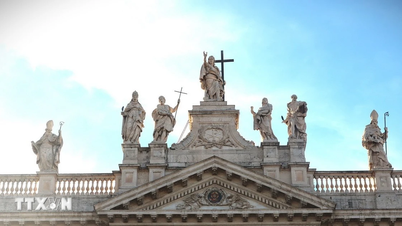

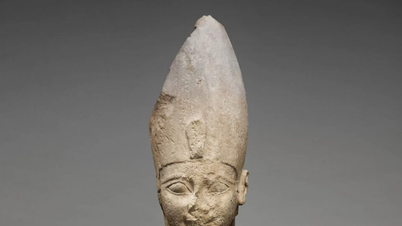








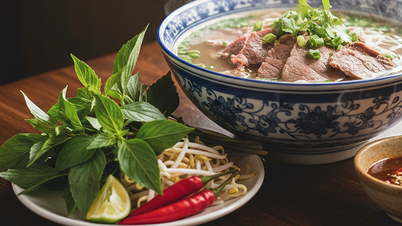


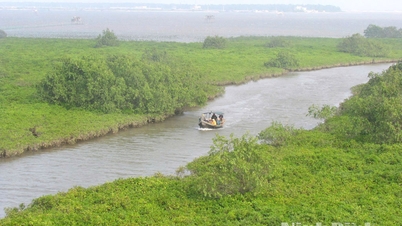

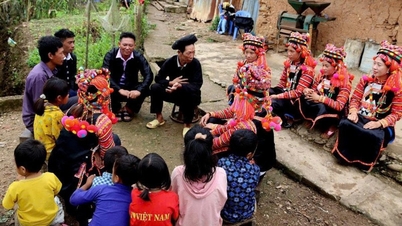
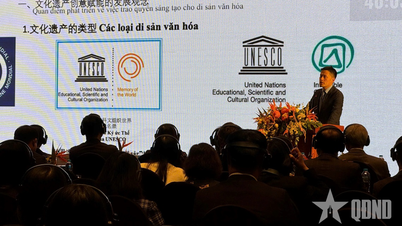

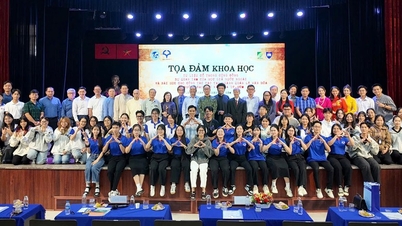

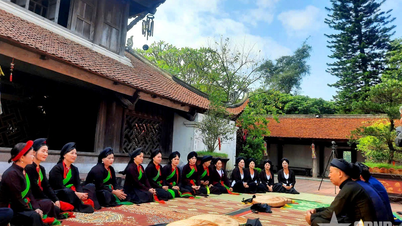




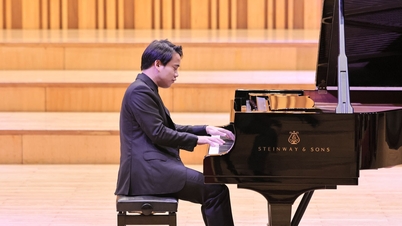


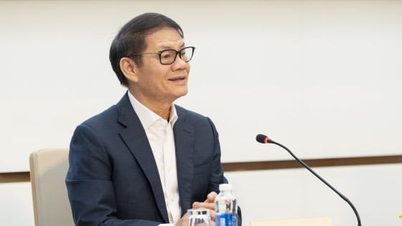

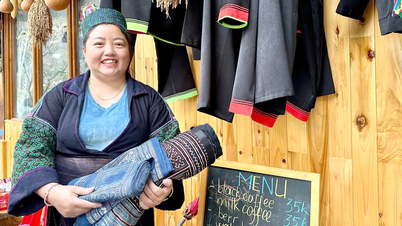



















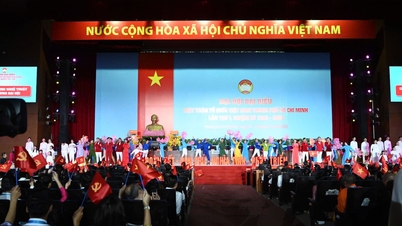





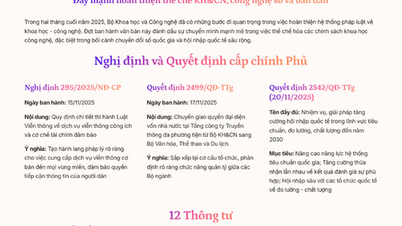


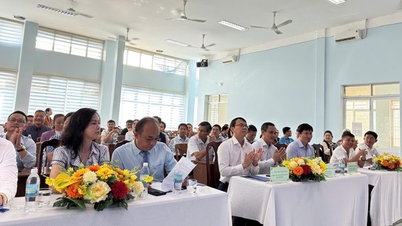
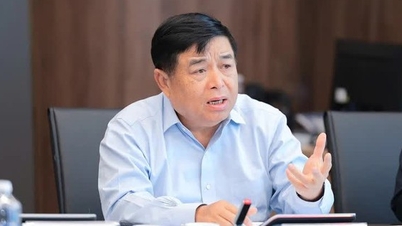


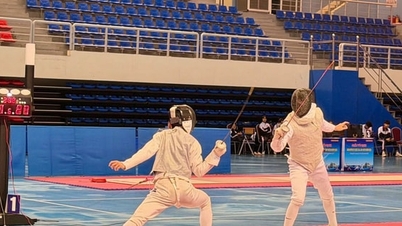



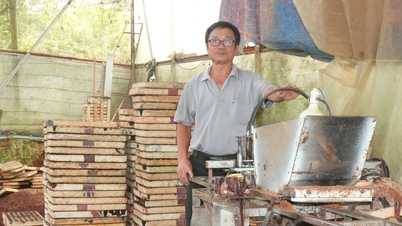
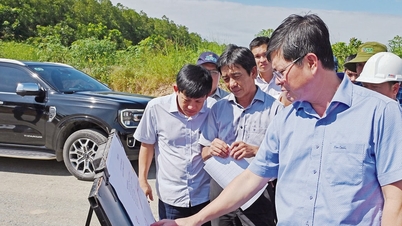













Comment (0)